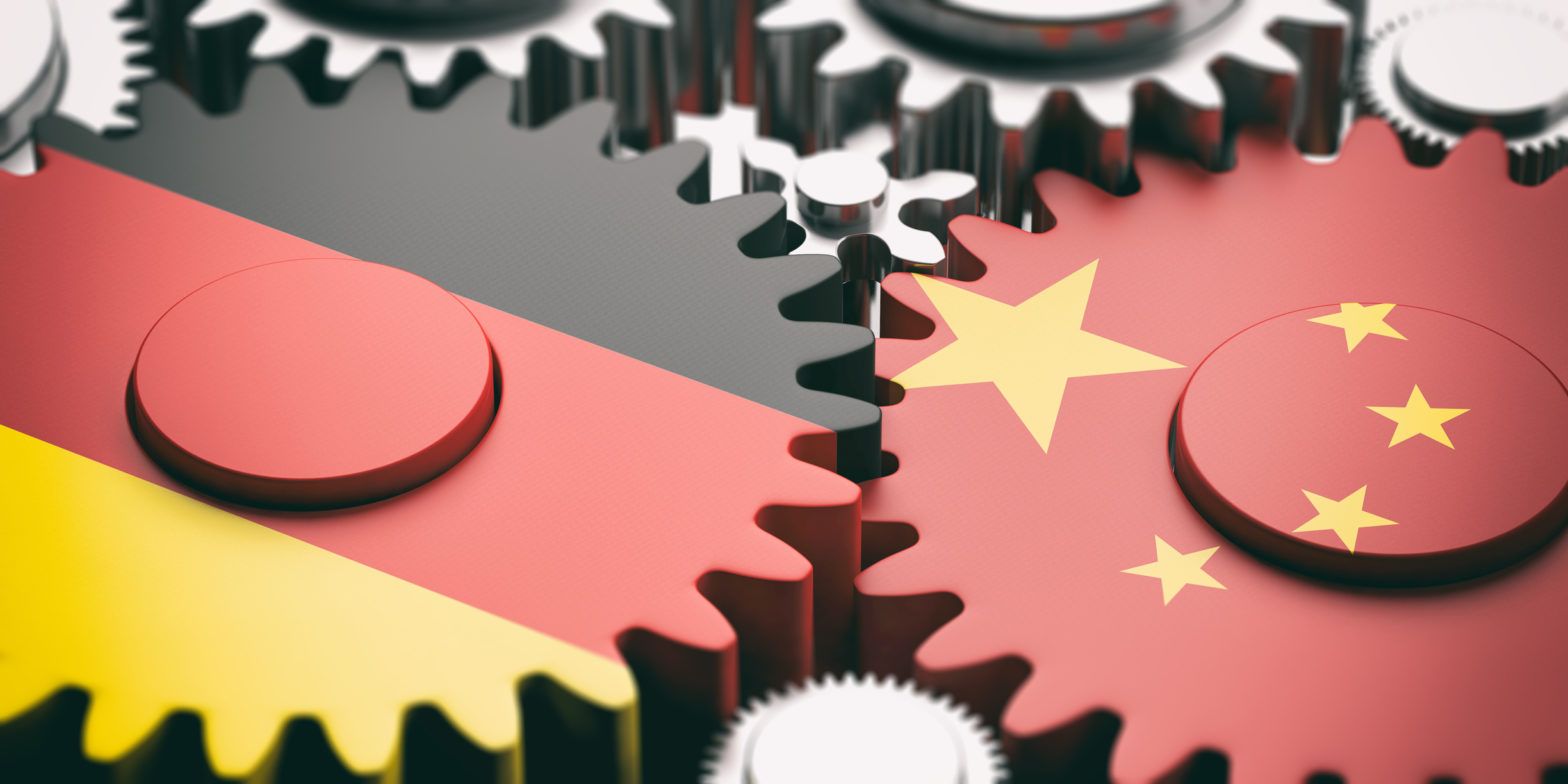China’s economy showed tentative signs of stabilisation in early 2019, but that followed a sharp slowdown over the previous year: 2018 was its weakest year for economic performance since 1990.
The slowdown can be attributed to a combination of different factors, according to Silvia Dall’Angelo, senior economist at Hermes Investment Management, the most significant of these likely being the de-risking strategies implemented by authorities since late-2016 which resulted in tighter financial conditions.
“These circumstances were exacerbated by trade tensions with the US, which caused widespread uncertainty and subsequent market volatility,” Dall’Angelo said.
More recently, tentative stabilisation has been enabled by the partial reversal of those drags: Chinese authorities have resorted to accommodative macro policies since summer 2018 and a trade deal between China and the US seems to be within reach.
Trade talks are now entering their final weeks, with the two countries aiming for a draft agreement by the end of May despite increasing bellicose rhetoric from US President Donald Trump.
The recent slowdown is likely indicative of a much broader structural change in the Chinese economy, as it transitions to a more mature phase, Dall’Angelo added.
While stabilisation is likely to remain a theme in the short-term, it is hardly sustainable in the medium-term, she said. In this scenario, there is one economy that faces a larger knock-on effect than the rest: Germany.
Germany’s open economy
The German economy is a particularly open one – its exports account for around 50% of GDP – and China is one of its biggest trading partners outside of Europe.
More so than any of its European contemporaries, Germany has been able to crack the Chinese market. Over the last two decades, it has successfully capitalised on China’s rapid growth model by exporting its speciality goods – cars and machinery.
German overall factory orders growth vs China’s overall import growth
 Source: Reuters Datastream, based on China Customs, Deutsche Bundesbank
Source: Reuters Datastream, based on China Customs, Deutsche Bundesbank
“It therefore comes as no surprise that whilst China’s economy has been slowing down, Germany’s manufacturing sector has too,” Dall’Angelo said.
In the second half of 2018, the German manufacturing sector slipped into a technical recession, with its industrial production sector having posted two consecutive quarterly declines, down – 1.3% QoQ in Q3 and -1.4% QoQ in Q4. Recent hard data and surveys suggest that the German manufacturing sector has remained under pressure so far in 2019. In particular, the German manufacturing PMI slipped into contractionary territory in January 2019 and hit an almost seven-year low of 44.1 in March.
Recent stabilisation in Chinese growth – largely driven by domestic fiscal and monetary easing – should eventually benefit German industrial production. However, China’s stimulus has been more limited and more targeted than ever before, hence external spill-overs are likely to be more contained.
“More fundamentally, the challenges of a maturing Chinese economy are here to stay. The investment-focused growth model that China has been running in recent years, which has driven demand for German machinery, will likely be replaced by a more consumption-focused model,” Dall’Angelo said.
“Further, China has recently made steps to encourage a more economically responsible growth model, which puts German cars out of favour too.”
Risks to Germany
“These circumstances have drawn attention to the overreliance of the German economy on international trade, although not for the first time, Dall’Angelo said.
“Its large current account surplus has attracted critique from the international community in the past, including from the International Monetary Fund. In this case, however, Germany’s dependence on China has highlighted other underlying issues within its economy, and the risks they may pose for the wider eurozone,” she said.
“Germany has a two-speed economy, combining a highly productive export-oriented manufacturing sector with a lagging services sector, featuring low productivity growth and low wages. Accordingly, consumer spending is depressed.
For instance, consumption growth levels sit at around 1.5% which, compared to consumption growth levels of 3% in the United States, demonstrates limited domestic spending. This is also due in part to an inherently German proclivity to save.
The public and private infrastructure in Germany is also somewhat inadequate, which has weighed on productivity, particularly in the services sector.
This reflects relatively low levels of investment, both in the public and private sectors. All of these factors imply that as China’s economy continues to undergo gradual structural changes, the subsequent and inevitable drop in demand for German goods, is likely to have a substantial impact on the German economy.
Impact on eurozone
Dall’Angelo continued: “As the largest economy in Europe, fluctuations to the German economy are felt throughout the eurozone. If the German slowdown becomes more entrenched, there is likely to be a knock-on effect across Europe, in part because Germany is at the centre of regional supply chains. In fact, this process has already started to happen.
“The Italian economy has struggled over the past 12 months – it slipped into a technical recession in the second half of last year – and it is highly likely that a contributing factor to this decline has been Germany’s poor growth rates and its subsequent impact on Italian demand,” she said.
“Policymakers in Germany must attempt to mitigate the risks posed to their own economy, and that of Europe by extension, by the Chinese structural slowdown.
“They should prioritise the stimulation of consumption and private investment by reforming the tax system and regulation. Furthermore, they should focus on investing in their own infrastructure to drive productivity, allowing for a needed rebalancing of the German economy.”







